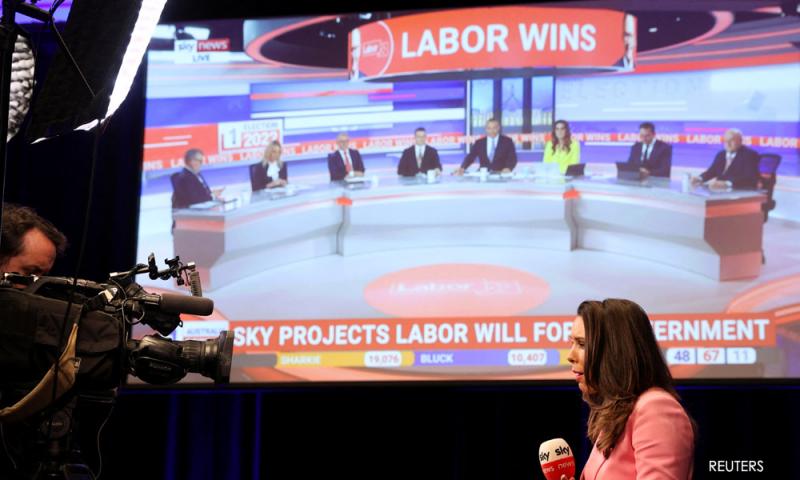COMMENT | How preferential voting system stems extremist politics
That is why the result of the federal election in May could hold important lessons for other polarised polities.
Consider the outcome in Kooyong, the safest of all Liberal seats. The electorate covers some of Melbourne’s most affluent suburbs and, since its creation in 1901, has always elected a Liberal or a representative of its conservative predecessors.
In the recent election, the sitting member for Kooyong, Josh Frydenberg, served as federal treasurer and deputy leader of the Liberal Party and was widely talked about as a future prime minister.
No one gave the main opposition Australian Labor Party any chance of winning Kooyong – and they were right about that. But Frydenberg also faced a more unusual opponent this year: Monique Ryan, a pediatric neurologist who ran the neurology department of Melbourne’s leading children’s hospital.
Ryan stepped away from that role to campaign as an independent candidate in the electorate where she lived because she was bitterly disappointed with the Liberal government’s failure to tackle climate change. She also campaigned for an independent body to investigate corruption in politics, and for equality and respect for women.
Australia’s lower house consists of single-member electorates, with members elected by preferential voting, also known as ranked-choice voting...
RM12.50 / month
- Unlimited access to award-winning journalism
- Comment and share your opinions on all our articles
- Gift interesting stories to your friends
- Tax deductable
